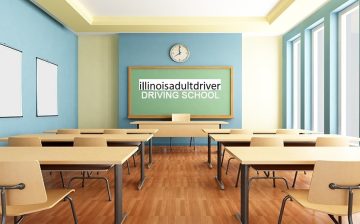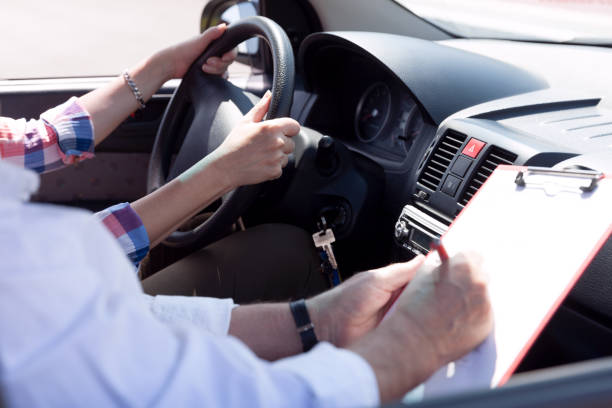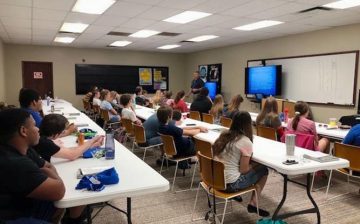I have turned 18 , what is the procedure of making a driving license permit in Illinois?
Turning 18 is an exciting milestone, often accompanied by the desire for independence, including the freedom to drive. In Illinois, obtaining a driver’s license permit is a significant step towards that independence. Let’s delve into the procedure for obtaining a driver’s license permit in Illinois.
Eligibility Requirements
Age Requirement
The first requirement to apply for a driver’s license permit in Illinois is reaching the age of 18.
Residency Requirement
Applicants must also be residents of Illinois to be eligible for a driver’s license permit.
Learner’s Permit vs. Driver’s License
Learner’s Permit
Before obtaining a full driver’s license, individuals in Illinois typically start with a learner’s permit, which allows them to practice driving under certain conditions.
Driver’s License
A driver’s license grants individuals the legal authority to operate a motor vehicle without supervision.
Required Documents
To apply for a driver’s license permit in Illinois, applicants must provide several documents.
Identification Documents
These may include a birth certificate or passport to verify identity and date of birth.
Proof of Residency
Documents such as utility bills or a rental agreement serve as proof of residency in Illinois.
Social Security Number
Applicants must also provide their Social Security number.
Driver Education Course
Importance
Completing a Driver education course is often a prerequisite for obtaining a driver’s license permit.
Options Available
Illinois offers various driver education courses, including those provided by high schools and private institutions.
Written Exam
Study Resources
Aspiring drivers can prepare for the written exam using study guides and practice tests available online.
Test Format
The written exam covers topics such as road signs, traffic laws, and safe driving practices.
Vision Test
A vision test is conducted to ensure that applicants have adequate vision to drive safely.
Driving Practice
Supervised Driving Hours
Applicants must complete a specified number of supervised driving hours with a licensed adult.
Log Sheet
Keeping a log of supervised driving hours is essential, as it may be required during the application process.
Road Test
Scheduling
After fulfilling the prerequisites, applicants can schedule a road test with the Illinois Secretary of State’s office.
What to Expect
During the road test, applicants demonstrate their ability to operate a vehicle safely in various traffic conditions.
Application Process
Secretary of State Facility Visit
Applicants visit a Secretary of State facility to submit their application and required documents.
Application Form
Completing the application form accurately is crucial to the process.
Fees
Applicants must pay the required fees for processing their driver’s license permit application.
Conclusion
Obtaining a driver’s license permit in Illinois is an important step towards independence and mobility. By fulfilling the necessary requirements and demonstrating driving proficiency, individuals can embark on their journey as licensed drivers.
FAQs
- How long does it take to get a driver’s license in Illinois? The processing time varies, but typically, applicants receive their driver’s license within a few weeks after successfully completing all requirements.
- Can I renew my learner’s permit if it expires? Yes, you can renew your learner’s permit in Illinois, but you may need to fulfill certain conditions and pay a renewal fee.
- Is there an age limit for applying for a driver’s license in Illinois? While there is no maximum age limit, individuals must be at least 18 years old to apply for a driver’s license permit in Illinois.
- What happens if I fail the road test? If you fail the road test, you can schedule a retest after a waiting period. It’s essential to practice and address any areas of weakness before attempting the test again.
- Can I drive alone with a learner’s permit in Illinois? No, individuals with a learner’s permit must be accompanied by a licensed adult who is at least 21 years old and seated beside them in the front passenger seat.










